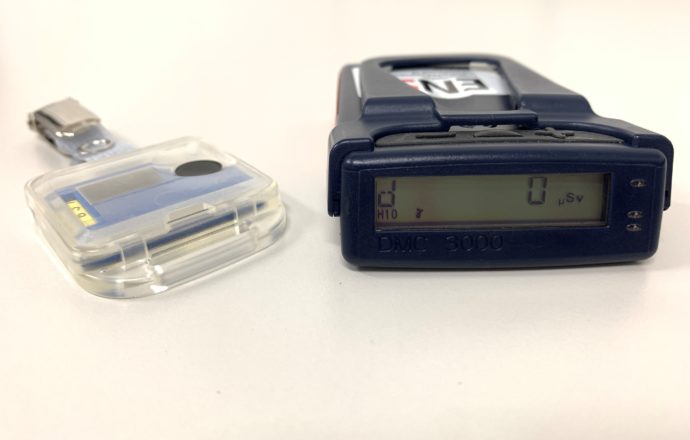Radiation Protection

Radiation protection serves to protect personnel, the population and the surroundings of nuclear installations against ionising radiation.
ENSI deals with occupational radiological protection, dosimetry, radiation measurement systems, radioactive emissions and environmental monitoring, as well as with the radiological impact of accidents.







